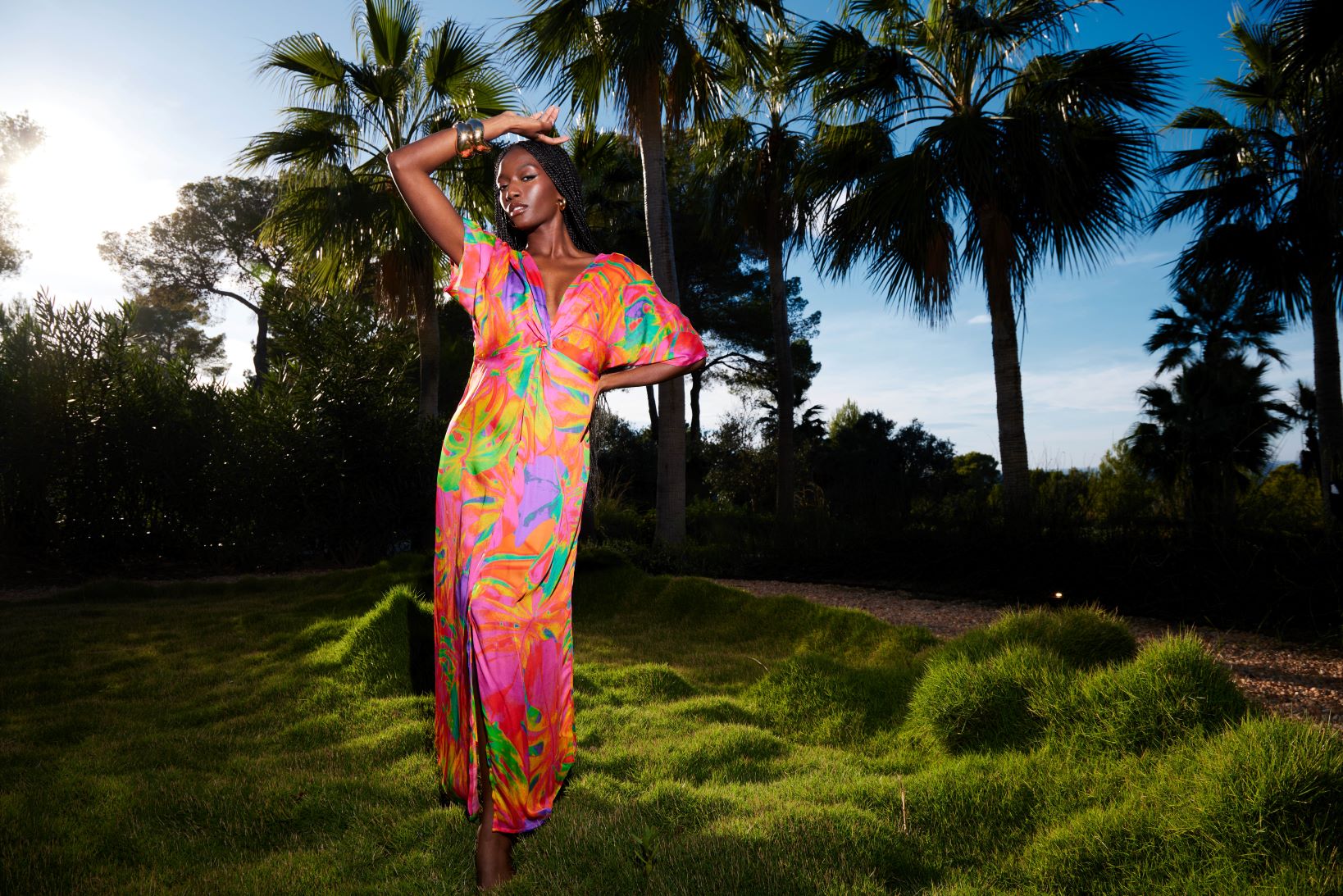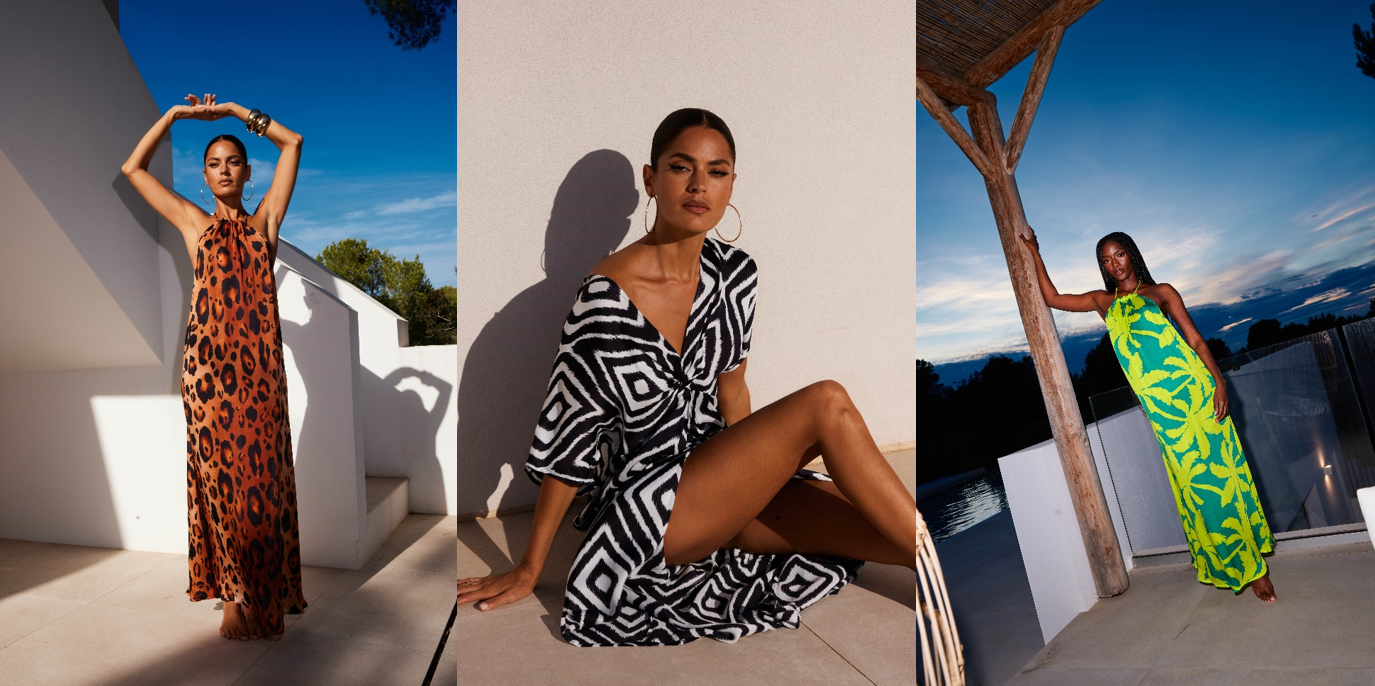Sustainable fashion is trending, with both brands and shoppers trying to find ways to reduce their impact on the planet. Some of the big names in fashion are now opting to use fabrics made from tree fibres, known as man-made cellulosic fibres (MMCFs). These plant-based fibres can be a more sustainable alternative to synthetic materials, but only if they are sourced from responsibly managed forests.
Whilst creating clothes from tree fibres may sound eco-friendly, the fashion industry must prioritise responsible sourcing to help safeguard the world’s forests. Although it is estimated that up to 50% of forest-based fabrics are sourced from certified forests, the risk of sourcing from ancient or endangered forests remains high[i]. Uncertified forests are vulnerable to deforestation and illegal logging, threatening the wildlife and the livelihoods and traditions of the people that depend on them (find out more about MMCFs and their impacts here).
Dancing Leopard’s eco-conscious mission
Independent fashion brand, Dancing Leopard, understands that the nature of fashion isn’t sustainable, but they are dedicated to making eco-conscious changes. Their collections are small and considered, and, over the last four years, they have been sourcing responsible fabric partners as part of their process to replace the fabrics they use with eco-conscious alternatives. Currently, 71% of Dancing Leopard’s clothing is made from eco-conscious materials, including GOTS-certified organic cotton, recycled polyester and ECONYL® regenerated nylon.

A forest-friendly fashion first
As part of their move to use responsibly sourced fabrics, Dancing Leopard have chosen to source FSC-certified viscose (FSC®N004497) for some of the pieces in their latest collection, which is a huge achievement. The collection includes dresses, jumpsuits and kaftans made from viscose that has been sourced from responsibly managed FSC-certified forests and other controlled sources. FSC-certified forests are managed to strict standards to prevent deforestation and forest degradation, conserve biodiversity, ensure fair wages and safe working environments, support community rights and protect the rights of Indigenous Peoples.
“As a brand, we’re dedicated to making more sustainable choices when it comes to the fabrics we use. We’re so happy to be working with FSC-certified suppliers on our new resort collection to offer more eco-conscious options that are perfect for summer days and holiday season.”
-Becca Brown, Brand Marketing Manager

Reducing waste and giving back
Dancing Leopard are also working hard to ensure their fabrics don’t go to waste, donating leftover fabrics to charities in India that teach women how to sew. Over the past few years, they have donated £130,000 to charities, such as Choose Love and Women for Women International, through fundraising and donating profits.
Find out more about Dancing Leopard on their website and view their FSC-certified clothing here.
[i] Textile Exchange (2020). Preferred Fiber & Materials Market Report:
https://textileexchange.org/app/uploads/2021/03/Textile-Exchange_Preferred-Fiber-Material-Market-Report_2020.pdf
